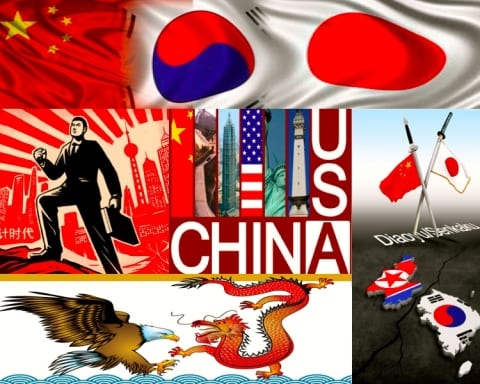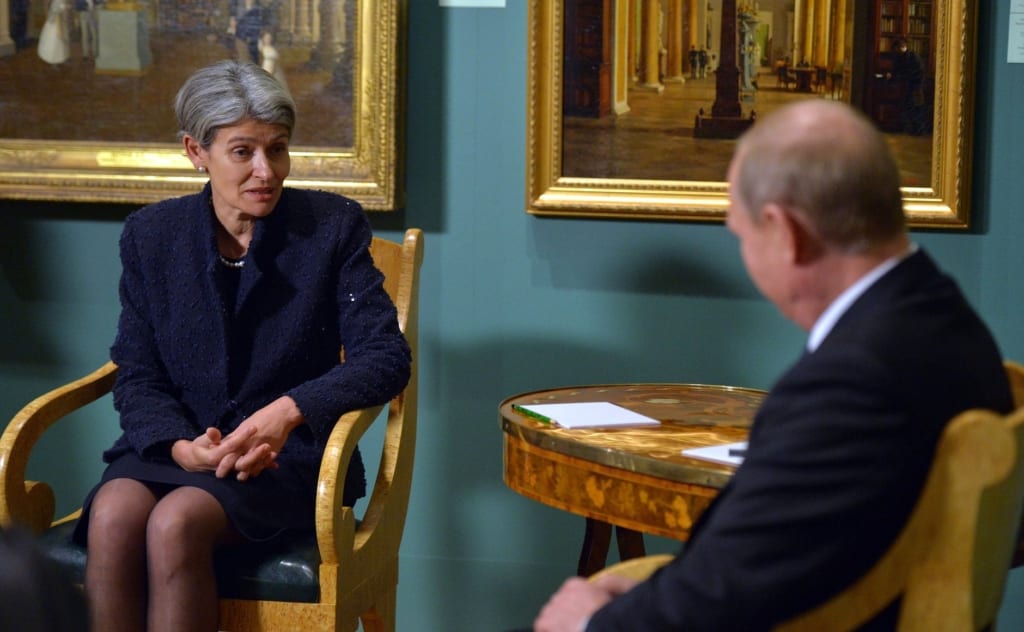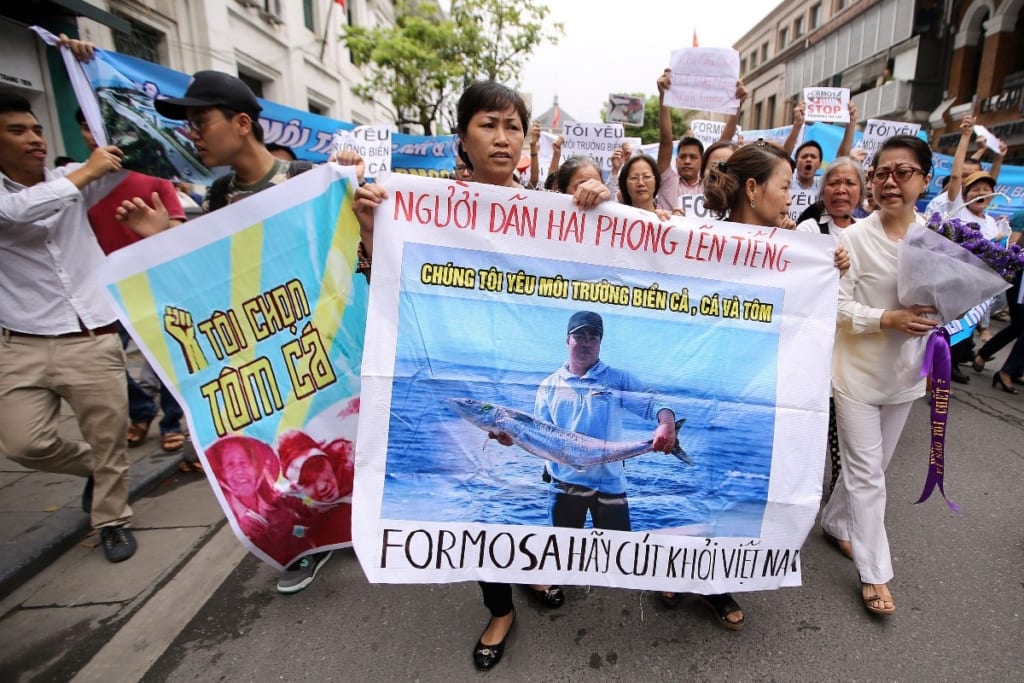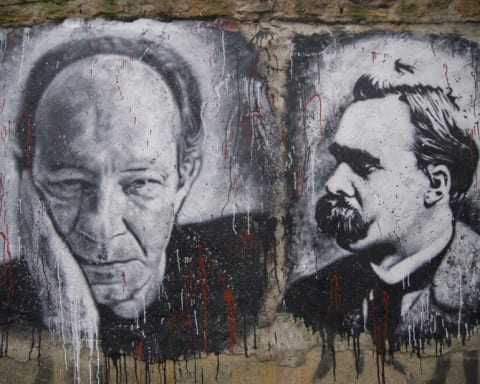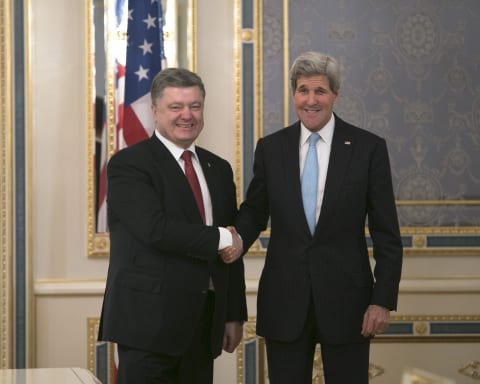Terminal High Altitude Area Defense (THAAD) is once again in the news in South Korea, the US, China and around the world. The missile system is capable of connecting with and destroying a ballistic missile in its descent and therefore functions as a last chance defense against nuclear weapons attacks. Given the actions of North Korea that have also been taking up newsprint since the beginning of this year, it is unsurprising that the US would now be more public in its calls for installing the system here in South Korea. The US has been pushing for THAAD to be installed in South Korea for years and intensifies those calls whenever the North conducts a nuclear weapons related test.
To this point however not much progress has ever been made in finalizing a deal to have the US bring in this advanced missile defense system made by Lockheed Martin. It is difficult to believe that despite the official position of both Washington and Seoul that there have been no official discussions between the two nations on placing THAAD. In a recent visit to Seoul, Secretary of State John Kerry told US troops in Yongsan that “we’re talking about THAAD and other things,” but that statement was clarified to mean internal US discussions. At the same time, the ruling conservative Saenuri political party in South Korea has been calling for official discussions.
Large bureaucracies often try to control every step and statement that is made public, but at this point it is impossible to believe that there have not been some discussions between officials over the years. Newspapers are reporting that talks are increasing and there seems to be a level of inevitability in the reporting. Introducing a system to effectively block the nuclear threat posed by the North Korean government would be an obvious choice that seemingly no one could oppose. If the North Korean nuclear threat could be canceled out then that government’s ability to hold Seoul, Tokyo or any other city hostage would disappear. The reality however is not so clear-cut and there are a variety of reasons for the allies to choose other methods of deterrence.
First of all, while the nuclear threat may be sexy, scary, and built for news coverage, in an actual military engagement it would be bizarre to detonate a nuclear bomb only miles from your own territory. On top of this, the North Korean conventional capabilities are already a sincere threat to Seoul and removing the nuclear threat to Seoul does not increase leverage over the Kim regime in any meaningful way. A counter argument would be that North Korea’s nuclear program is also a threat to Japan, the US and others where the regime’s conventional weapons are not a threat. But this has nothing to do with installing THAAD in South Korea. The US official position is that the system only intercepts an incoming missile on its descent, meaning that THAAD cannot and is not designed to intercept a missile as it leaves North Korea on its way to Tokyo or Los Angeles.
Second of all, the chances of North Korea actually using its nuclear capacity would seem to already be well deterred. Any nuclear strike by the already isolated regime would result in its complete destruction. It would be hard to imagine its old ally, the People’s Republic of China, continuing to back the regime after it preemptively started a nuclear holocaust in China’s backyard. Without a significant level of support from China, North Korea stands no chance in a war, nuclear or otherwise, against the US and the South Korean forces.
Proponents of THAAD would argue that the North Korean regime is unstable and unpredictable. It would be hard to argue that point, although being unpredictable and committing national suicide are not the same thing. Proponents of THAAD would say that even if the possibility of a nuclear attack on its neighbor to the south is extremely low, THAAD could and would save millions of lives. This point is also hard to argue. Backed into a corner the Kim regime would likely try to throw all of its capabilities at the wall and hope that something sticks.
The benefits of installing THAAD are simply to save lives in the nearly unimaginable situation that North Korea would use an intermediate ballistic missile attached with a miniaturized nuclear warhead against the near enemy that can already be targeted with conventional weapons. Their capacity to deploy such a weapon is uncertain and certainly the number of them is extremely limited. Over the years US military analysts have stated publicly that the level of development in the North Korean nuclear program is not known to the US. Essentially, the US and the world knows that the regime has produced nuclear weapons, but they are unsure if they are able to make the weapon small enough to fit onto a missile. Washington knows that Pyongyang has intermediate range missile capabilities. However, it is not sure how reliable they are nor if they could reach the continental US. It is very likely that the security community knows more detailed aspects of the regime’s program than it makes public. This does not change the fact that its capabilities are not completely known and its own public statements are unreliable and bombastic.
While the publicly stated benefits would seem to be minuscule, the publicly known costs are large. China and Russia have both spoken out strongly against the deployment of THAAD on the Korean Peninsula. Because of its sophisticated radar tracking system, the two nations fear that THAAD will be used to spy. They also fear that THAAD’s actual capabilities are greater than the US claims and that THAAD could be used to intercept Chinese or Russian missiles in their ascent. China has real fears that the missile defense system is in reality designed to deter its own nuclear arsenal and that North Korea’s provocative tests are providing cover for a US containment of China.
While official US policy is that THAAD cannot and is not designed to counter China weapon systems, if that were the case it would seem that THAAD could be a double win for the US. Sadly, it is not. THAAD would represent an escalation of tensions between the two largest economies in the world, in a region that is already on pins and needles. East Asian military spending is rising and island disputes are becoming militarized with Chinese artillery installments and US freedom of navigation cruises. The publicly known benefits of THAAD are so few and the publicly known costs are potentially so high that the US and South Korea should find other more productive ways to counter the North Korean threat.



